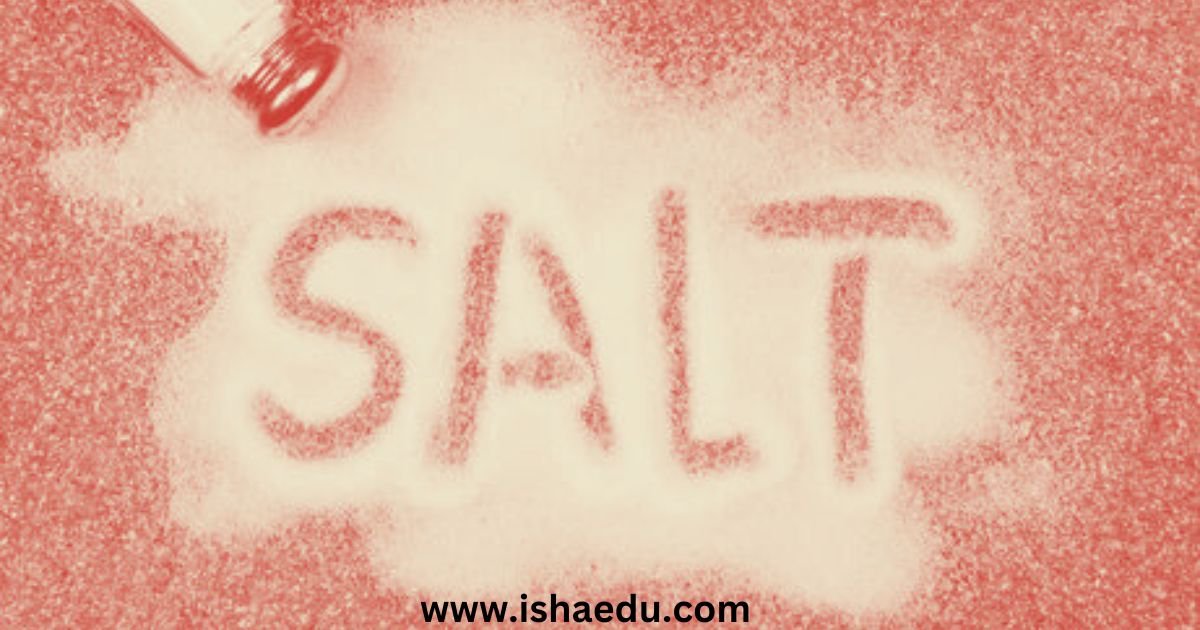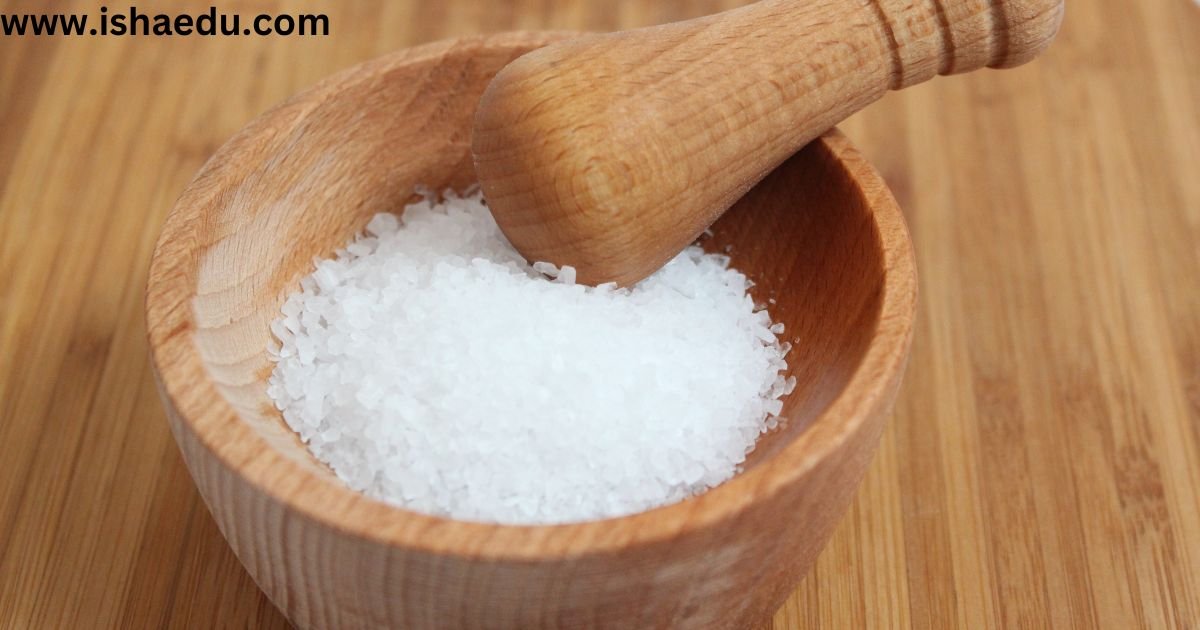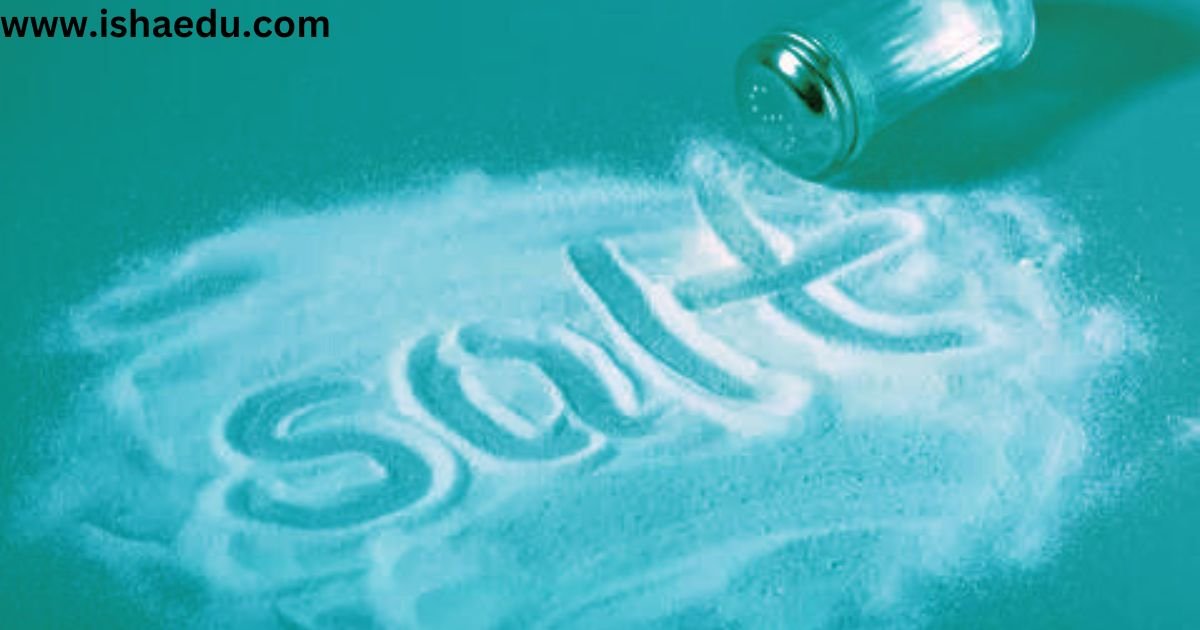Decoding The Mystery Of Salts: A Chemistry Textbook Guide

Decoding The Mystery Of Salts: A Chemistry Textbook Guide
Salts, those omnipresent crystalline compounds, wield significant influence in our reality, from enhancing the flavor of our meals to facilitating crucial nerve impulses. But what exactly do these ionic marvels entail, and where do they fit into the intricate mosaic of chemistry? Let’s plunge into the captivating realm of salts, utilizing your reliable chemistry textbook as our guiding light.

Decoding Salts:
Salts emerge through the intricate dance of positively charged ions (cations) and negatively charged ions (anions) coming together, forging a neutral compound. Picture it as a celestial tango of opposites, with sodium ions (Na⁺) partnering with chloride ions (Cl⁻) to give rise to the ubiquitous table salt (NaCl).
The Art of Salinity: Genesis and Characteristics
The genesis of salts often involves a mesmerizing chemical interplay. Acids and bases, perennial adversaries in the chemical domain, can collaborate to neutralize each other, resulting in the birth of salt and water. Envision an intense duel culminating in a harmonious handshake, with the salt embodying the product of this chemical truce.
Salts showcase distinctive traits owing to their ionic essence. They typically boast high melting and boiling points, indicative of the robust electrostatic forces binding the ions together. Picture a fortress constructed from ion bricks, each firmly held in place by an imperceptible electric current.
Moreover, many salts readily dissolve in water, their ions dispersing and mingling within the liquid. Imagine sugar dissolving in your tea, but on a microscopic scale, with ions swirling like minuscule dancers engaged in a liquid waltz.
The Salty Spectrum: Acidity, Basicity, and Neutrality
Not all salts share the same pedigree. Depending on the characteristics of the acid and base that birthed them, salts can be categorized as acidic, basic, or neutral.
Acidic salts: Arising from the union of a potent acid and a feeble base, these salts harbor a slight surplus of hydrogen ions (H⁺), imparting a mildly acidic demeanor to their solutions. Envision a salt with a hint of lemon, where the citrus tang betrays an underlying acidity.
Basic salts: Forged from a robust base and a weak acid, these salts exhibit an excess of hydroxide ions (OH⁻), resulting in slightly basic solutions. Visualize a salt with a faint soapy taste, a subtle nod to its alkaline nature amidst the savory.
Neutral salts: Offspring of a formidable acid and a strong base, these salts lack an excess of either H⁺ or OH⁻ ions, yielding neutral solutions. Picture pure table salt, free from any acidic or basic nuance.
Beyond the Textbook: The Ubiquitous Marvels of Salts
Salts transcend the confines of textbooks; they play an indispensable role in various facets of existence:
Biological Salts: Our bodies teem with salts, such as sodium and potassium, crucial for nerve impulses, muscle function, and maintaining fluid equilibrium. Envision these salts as diminutive electrical messengers conveying vital signals across our biological realm.
Industrial Salts: From glass and paper manufacturing to road de-icing, salts find diverse applications across industries. Consider them the industrious workhorses of the chemical realm, powering essential processes and ensuring seamless operations.
Environmental Salts: Salts play a pivotal role in regulating the pH of oceans and other water bodies, influencing marine life and overall ecosystem well-being. Picture them as the silent custodians of aquatic environments, preserving a delicate equilibrium for all inhabitants.
The next time you reach for the salt shaker, reflect on the captivating journey it has undertaken—from the pages of your chemistry textbook to the core of your meal, and far beyond. Salts stand as a testament to the marvels of chemistry, quietly shaping our world in myriad ways.

FAQs
What is the molecule of salt?
Salt isn’t a molecule! It’s an ionic compound, which means it’s made up of atoms with opposing charges that attract each other rather than sharing electrons like a molecule. Consider it a firm handshake between little-charged partners, not an embrace in which they exchange secrets. So, although salts are not molecules, they are nonetheless interesting science!
What are the 4 types of salts?
There are several methods to classify salts, but the two most prevalent are:
- Chemical qualities include neutral salts (such as table salt), acidic salts, and basic salts.
- Sea salt, rock salt, kosher salt, and specialty salts are all sourced and processed.
What is a salt in Chem?
In chemistry, a salt is an ionic compound created when an acid and a base “shake hands” (electronically) with their oppositely charged ions. They are often solids with distinguishing characteristics such as high melting points and water solubility. Consider table salt or baking soda! Different salts have various applications, ranging from food to deicers.
What are 5 examples of salts?
Here are 5 commonly used salts:
- Table salt (NaCl) is used to season meals as well as to increase nerve signaling.
- Baking soda (NaHCO3) helps baked foods rise and sparkle while also providing mild cleaning.
- Baths with Epsom salt (MgSO4) may be relaxing and relieve muscular pain.
- Rock salt (NaCl) is used to keep roadways clear of ice in the winter.
- Potassium iodide (KI): It prevents iodine shortage and promotes thyroid function.
How do you read chemical elements?
Reading chemical elements entails memorizing their symbols, comprehending their characteristics, and examining how they respond. Consider it like learning a new language for the microscopic building components of matter.
Begin with the fundamentals, such as element symbols and their meanings. Then investigate their characteristics and interactions in reactions. Remember, practice makes perfect, so don’t be afraid to ask questions and continue learning.
How is salt formed chemically?
Salt creation typically occurs in two ways:
Acid-base reaction: Acids and bases “neutralize” one another, resulting in salt and water. Think of it as a chemical handshake.
Direct metal-nonmetal reaction: Metals lose electrons to nonmetals, resulting in oppositely charged ions that bind to form salt. Imagine a tug-of-war between electrons.

Join Us :
Click Here To Get Technology And Entertainment Notification:




